Top 8 Rarest Skin Diseases in the World. In general, our skin is one of the most sensitive regions of our bodies, and I think it’s safe to say that everyone has, at some point or another, had some form of mild skin irritation.
There are many different skin illnesses, and some of them are even transient. On the other hand, there are a few illnesses of the skin that are extremely uncommon, persistent, and even fatal.
On this list of rare skin illnesses, nearly all of them have severe symptoms that can’t actually be treated in any meaningful way.
These skin illnesses are entirely distinct from one another and only affect a relatively small fraction of the total population of the planet.
1. Erythropoietic Protoporphyria
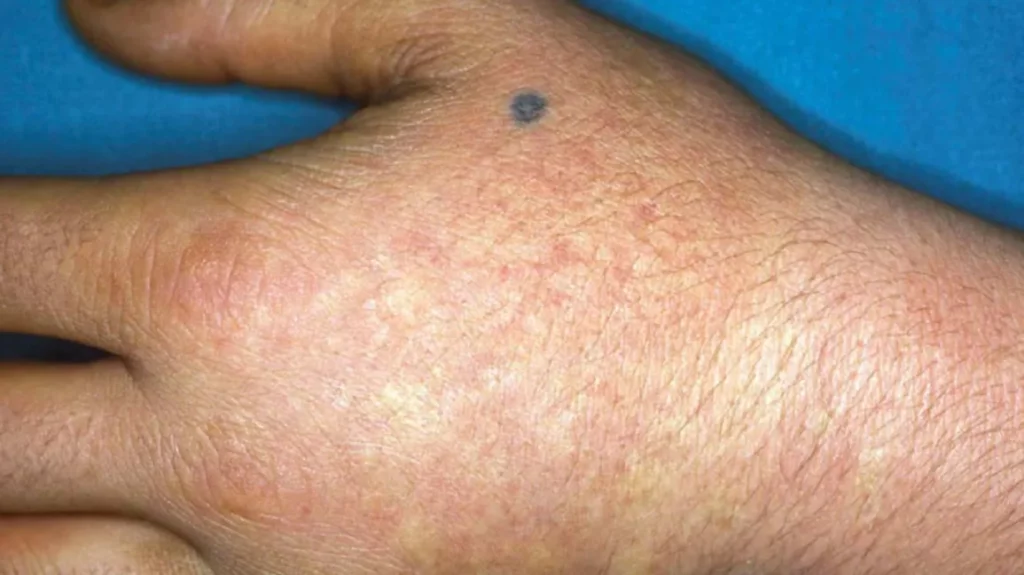
- Number of People Afflicted Yearly (or Ever): Total number unknown; between 1 in 75,000 to 1 in 200,000 people in Europe
- Area of Body Affected: Any skin exposed to sunlight and some types of artificial light; mostly the hands, arms, and face
- Is it Treatable?: Yes
Erythropoietic protoporphyria, often known as EPP, is an extremely uncommon metabolic ailment. People who have this condition have abnormally high levels of protoporphyrin in their bone marrow, blood plasma, and red blood cells.
Because of this, the skin reacts with excruciating agony when it is exposed to the light of any kind, including natural light, artificial light, and certain forms of artificial light like fluorescent lights.
People who have erythropoietic protoporphyria will feel burning sensations, tingling sensations, and itchy sensations on their skin when they are exposed to sunlight. If they are exposed for an extended period of time, their skin may get bloated and red.
It is unknown how many persons in total have been diagnosed with erythropoietic protoporphyria; nonetheless, it is regarded to be an extremely rare condition. Erythropoietic protoporphyria affects anywhere from one person in every 75,000 to one person in every 200,000 people in Europe.
2. Lamellar Ichthyosis
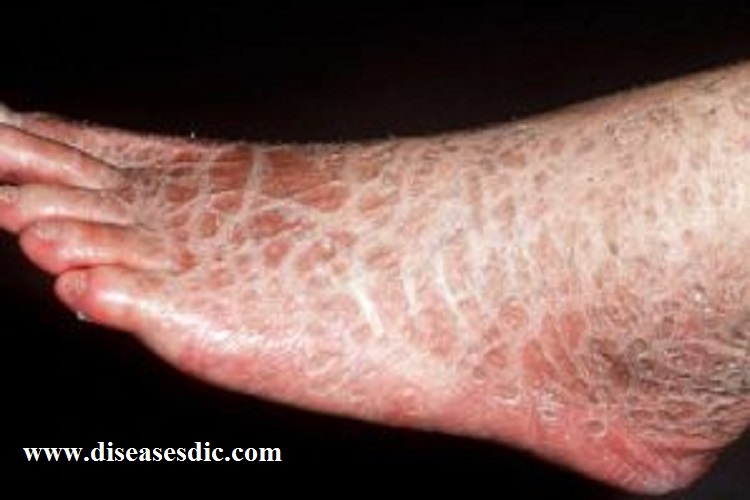
- Number of People Afflicted Yearly (or Ever): Less than 1 in every 200,000 people
- Area of Body Affected: Entire body but is concentrated around joints in areas such as the groin, armpits, the inside of the elbow, and the neck
- Is it Treatable?: Yes
Even while it is not quite as rare as some other types of ichthyosis, lamellar ichthyosis is nonetheless an extremely uncommon skin condition. Lamellar ichthyosis is detected in less than one person in every 200,000 individuals on average.
Lamellar ichthyosis is one of the kinds of ichthyosis that is present from birth, like the others. These infants are frequently referred to as “collodion babies” due to the fact that they are born with a transparent membrane (the collodion) that gives them the appearance of having been glazed.
A few weeks after birth, this shellacked skin will shed, and what will be left behind on the skin will be dark plate-like scales. Because of the thick scales that develop on their scalp, those who have lamellar ichthyosis also have nails that are enlarged and very little hair.
Lamellar ichthyosis is treated topically with ointments that rebuild the skin barrier. While there is no cure for the condition, it can be managed.
Lamellar ichthyosis can also be treated systemically with oral synthetic retinoids, which is an option for more severe instances.
3. Xeroderma Pigmentosum
- Number of People Afflicted Yearly (or Ever): 1 out of every 250,000 people worldwide; 1 in 1 million people in the U.S. and Europe; more common in Japan, North Africa, and the Middle East
- Area of Body Affected: Areas typically exposed to the sun like the face, neck, arms, and legs; can also affect the eyes
- Is it Treatable?: No, but symptoms can be managed
The skin condition known as xeroderma pigmentosum, or XP, is relatively uncommon and affects only around one person in every 250,000 people across the world. In both the United States and Europe, XP is extremely uncommon, affecting only one person out of every million.
The skin condition known as photosensitivity, which manifests itself as an acute sensitivity to ultraviolet radiation (UV light), is more prevalent in Japan, North Africa, and the Middle East.
In most cases, a diagnosis of xeroderma pigmentosum is made during the infant or early childhood years; however, it is possible for the condition to be identified even before birth.
Xeroderma pigmentosum is a disorder that can cause neurological issues such as intellectual difficulties, developmental delays, or hearing loss. In addition, it can make the skin extremely sensitive to the sun. Eye difficulties are another symptom that frequently appears in persons who have XP.
4. Harlequin Ichthyosis
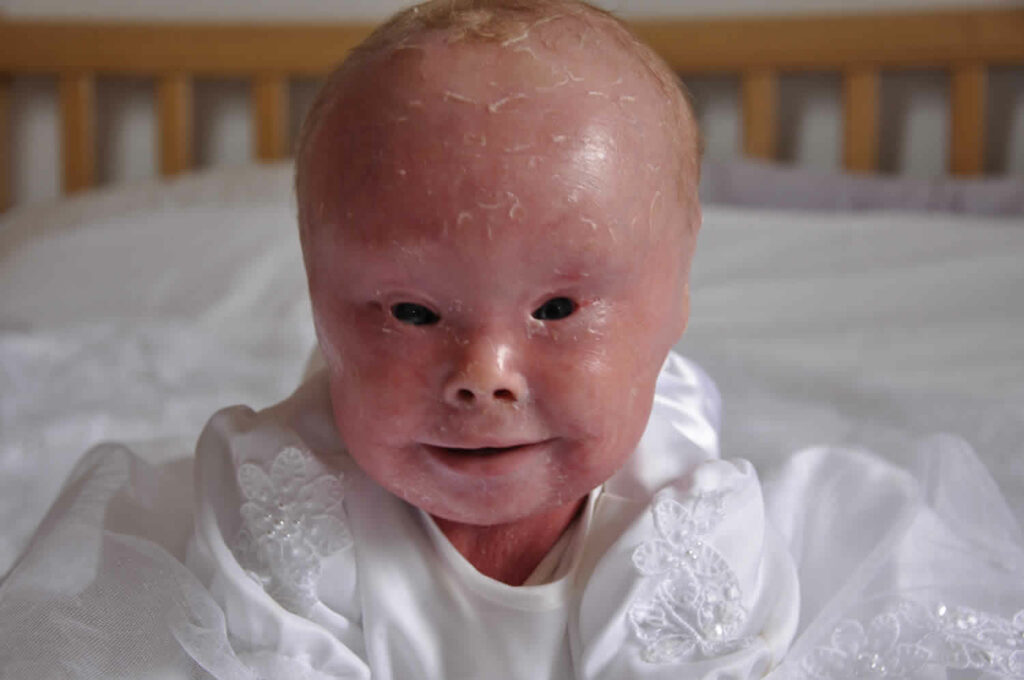
- Number of People Afflicted Yearly (or Ever): 1 in 500,000 people
- Area of Body Affected: Entire body
- Is it Treatable?: Yes
The most extreme form of ichthyosis, known as harlequin ichthyosis, is extremely uncommon. Those affected by the skin condition known as Harlequin ichthyosis have scales that are dense and diamond-shaped.
Because the skin gets so taut and dry, it pulls around the eyes and the mouth, causing the eyelids and lips to turn inside out and expose the red inner linings. This condition is known as xeroderma pigmentosum.
The harlequin pattern of ichthyosis is an autosomal recessive trait that can be passed down through families. This indicates that the individual has acquired a faulty copy of the gene responsible for the same feature from both of their parents.
Only roughly one in 500,000 persons are born with the skin condition known as harlequin ichthyosis. This makes the condition extremely uncommon. There are around seven infants born each year in the United States that are affected by Harlequin ichthyosis.
There is now no treatment that will reverse the effects of Harlequin ichthyosis, and persons who have skin illnesses may need to take antibiotics on a regular basis to protect themselves from infection when their skin begins to shed.
5. Stevens-Johnson Syndrome and Toxic Epidermal Necrolysis
- Number of People Afflicted Yearly (or Ever): 1 – 2 per 1 million people
- Area of Body Affected: Skin and mucous membranes (mouth, lips, and eyes)
- Is it Treatable?: Yes; those affected should also immediately stop taking the medication that caused it
Stevens-Johnson syndrome (SJS) and toxic epidermal necrolysis (TEN) is a severe skin reactions that can occur after taking certain medications. This condition is extremely rare.
It was previously believed that Stevens-Johnson syndrome and toxic epidermal necrolysis were two distinct illnesses; however, these two conditions are now understood to be part of the same spectrum. SJS is not as severe as TEN, which has the potential to be fatal.
Blisters will appear on the skin as well as the mucous membranes of the mouth, lips, eyes, and nose, as well as the genital areas if the individual has Stevens-Johnson syndrome or toxic epidermal necrolysis.
SJS and TEN are extremely rare conditions, affecting only about one to two persons out of every million people in the West. Despite the fact that SJS and TEN can be treated, the disease still carries a risk of death.
A fatality rate of approximately 10 percent is associated with Stevens-Johnson syndrome, whereas a fatality rate of approximately 50 percent is associated with toxic epidermal necrolysis.
6. Argyria
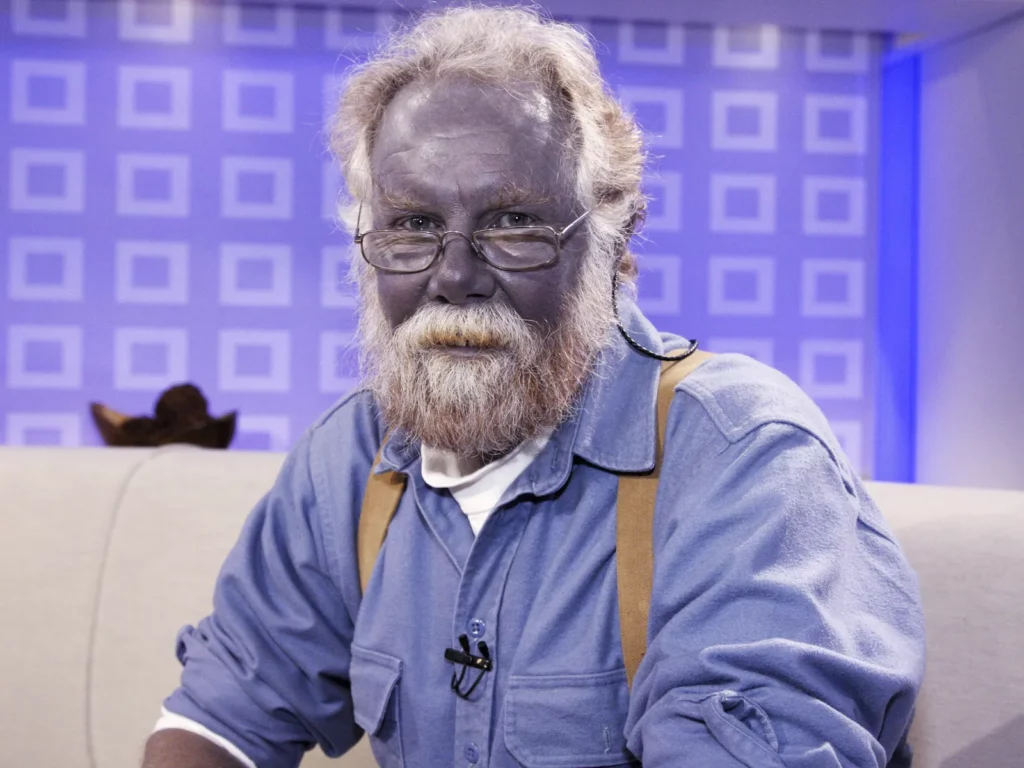
- Number of People Afflicted Yearly (or Ever): A few cases are reported each year
- Area of Body Affected: Generalized argyria can affect any part of the skin; and localized argyria can affect the part of the body exposed to silver
- Is it Treatable?: No; but topical cream and laser therapy may lessen the effects
Argyria is an uncommon skin illness, but it is becoming more well-known as a result of media attention given to the fact that it causes people to turn to a color that is somewhere between blue and grey. When a person is exposed to silver for an extended period of time, they may get an unusual darkening of the skin.
People who work in industries such as mining for silver, refining silver, making jewelry, manufacturing silverware and metal alloys, and processing photographs may be exposed to silver in their place of employment.
People who take dietary supplements that contain colloidal silver are at an increased risk of developing argyria.
People have the misconception that taking silver nutritional supplements will strengthen their immune systems and treat a variety of diseases, including cancer, HIV & AIDS, herpes, shingles, and eye difficulties.
On the other hand, there is no evidence from scientific studies to back up these statements. Once argyria has caused the skin to turn a bluish-gray color, the consequences cannot be reversed.
7. Peeling Skin Syndrome
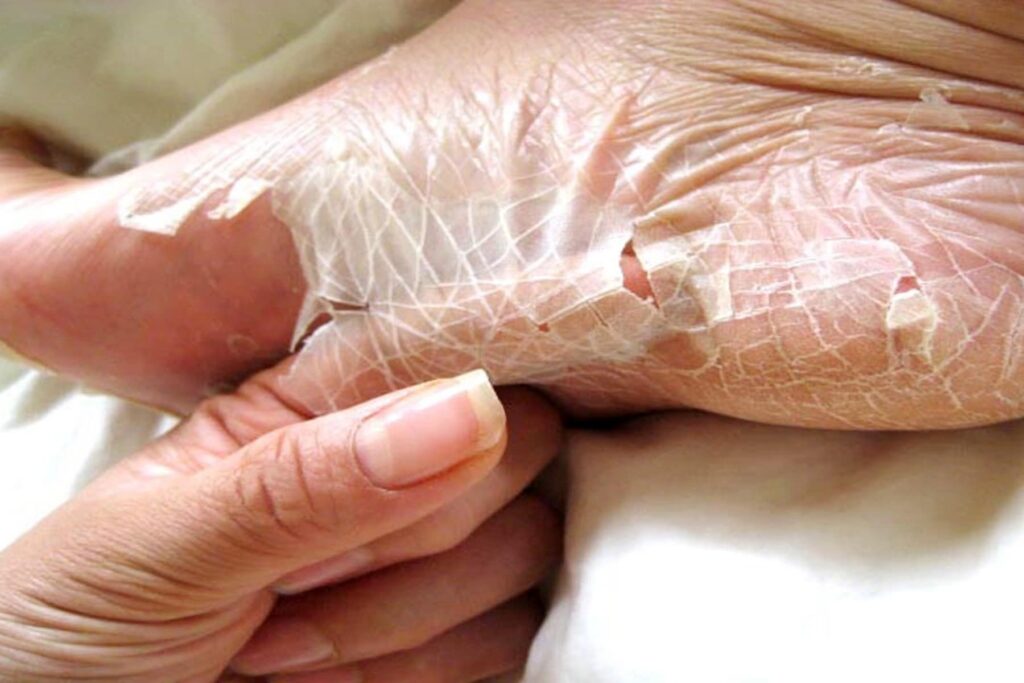
- Number of People Afflicted Yearly (or Ever): Fewer than 100 known cases
- Area of Body Affected: General type affects the whole body; the Acral type affects the extremities (mostly hands and feet; sometimes arms and legs)
- Is it Treatable?: No; petroleum jelly or other skin-softening ointments (emollients) may be used to provide some relief
There are fewer than one hundred known cases of peeling skin syndrome that have been documented in medical literature.
This makes it the rarest skin illness in the world. The generalized form of peeling skin syndrome can affect any area of the skin, whereas the acral type of peeling skin syndrome exclusively affects the extremities (most commonly the hands and feet). There are two primary types of peeling skin syndrome.
Peeling skin syndrome is a form of congenital ichthyosis, which is also an uncommon form of skin illness. In most cases, it is present at birth, but it can also develop in early infancy.
Unfortunately, peeling skin syndrome is not treatable in any meaningful way and there is no cure for it. To alleviate the discomfort caused by the shedding, however, skin-softening ointments or petroleum jelly can be applied. Peeling skin condition is not typically associated with any pain.
8. Morgellons
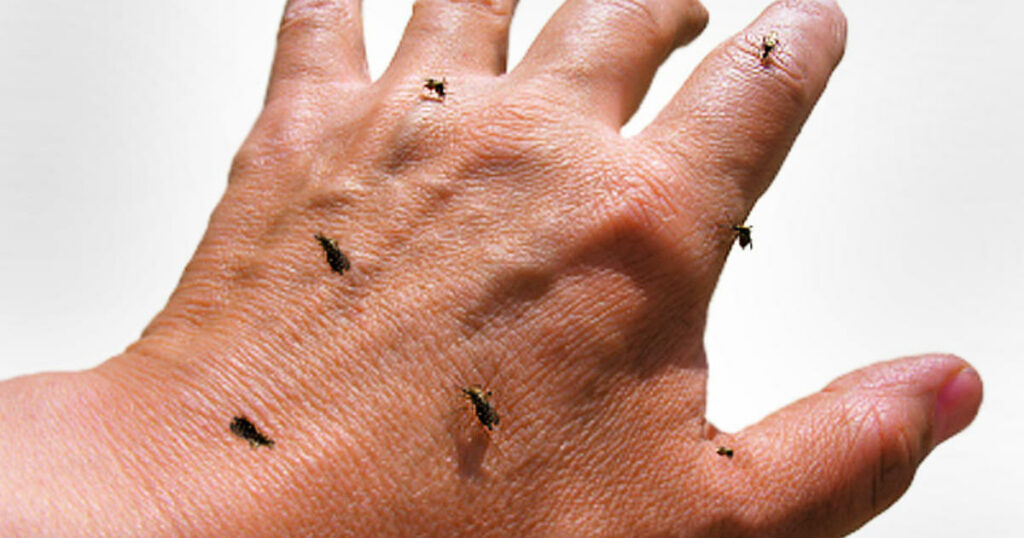
Morgellons disease is an uncommon skin disorder that presents as skin sores with small fibers or thread-like material coming out of unbroken skin.
The skin condition causes a person to feel as though there are insects crawling on top or underneath their skin near the infected area. Morgellons is often mistaken as a psychiatric disorder.
The prevalence of Morgellons disease is 3.65 cases per 100,000 people. These data were collected by the Centers for Disease Control and Prevention (CDC) during a study with 3.2 million participants and not data taken from the general population in relation to the incidences of Morgellons
Rarest Skin Diseases in the World – Newshub360.net
Related Post
Credit: www.Newshub360.net

